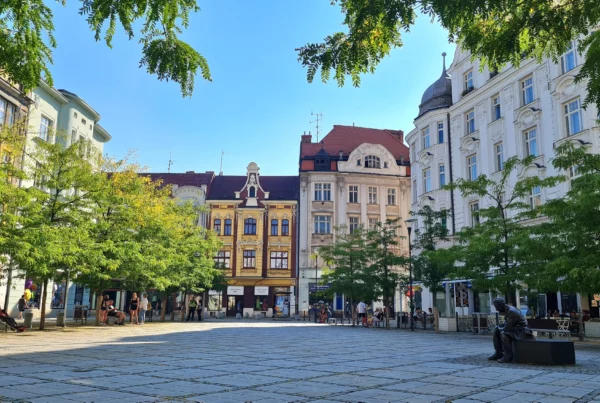CEMR releases landmark study on local finances in European countries
People depend on quality local public services and infrastructure every day. Reliable buses, insulated public housing, good schools or clean energy: all of these and more depend on healthy and sustainable local public finances to be developed and maintained.
That’s why the Council of European Municipalities and Regions (CEMR) is releasing a fully-fledged online report and tool entitled Local Finances and the Green Transition in Europe. This one-of-a-kind study provides data and analysis on the trends in local and regional finances in 40 European countries over the past 10 years. The study offers a bird’s eye view of both changes in subnational finances and the remarkable diversity of national situations.
“This report is essential reading for policymakers, politicians and academics. Only by understanding local public finances and unlocking futher investments can we achieve the sustainable and resilient societies our people and planet need”, said CEMR Secretary General, Fabrizio Rossi, who added: “If this report shows one thing, it is that well-funded municipalities, counties and regions are essential to taking care of our people and realising the environmental transition“.
Revealing figures and trends as observed over the last decade
The study reveals for instance that despite making up 25% of all public spending, local and regional governments finance 54% of all public investment. This reflects the leading role of municipalities and regions in investing in areas such as energy efficient housing, smarter public transport and local environmental protection. The climate and energy transition will only happen by working with local and regional governments.
Also noteworthy is that subnational government debt is at a manageable level in the 36 countries where comparative data was available. In fact, local debt is low and stable, a mere 4.8% of GDP on average. By way of comparison, general government debt increased by the middle of the decade to 67% of GDP (and to 81% in 2020).
While browsing through the online study, you will also come across a special section on the impact of the EU’s €720-billion post-COVID recovery plan on local and regional governments. This chapter looks in particular at the implications for the green transition and territorial cohesion.
The data shows clearly that the share of green transition among the main RRF spending areas is higher in the decentralised countries. Stronger local and regional governments can support more recovery and resilience programmes and actions.
A dynamic and interactive online tool
“Local Finances and the Green Transition in Europe” is available as an interactive online tool as well as in PDF format. The online tool contains:
- an easy to navigate structure, allowing you to zoom in on any part of the report that interests you, from macroeconomic analysis to the take-away political recommendations
- an interactive map with selectable local financial data
- the ability to view any of the study’s 36 charts, 12 statistical tables and 25 national case studies
- an introductory video
The study is currently only available in English. The French version is under development.
The study was launched on 10 November 2022 at the occasion of a seminar bringing together representatives of many of CEMR’s member associations, the OECD, KDZ and the study’s co-author Gábor Péteri.
For more information:

Advisor – Territorial Cohesion & Local Finances






